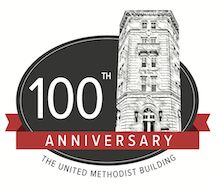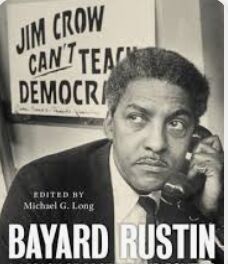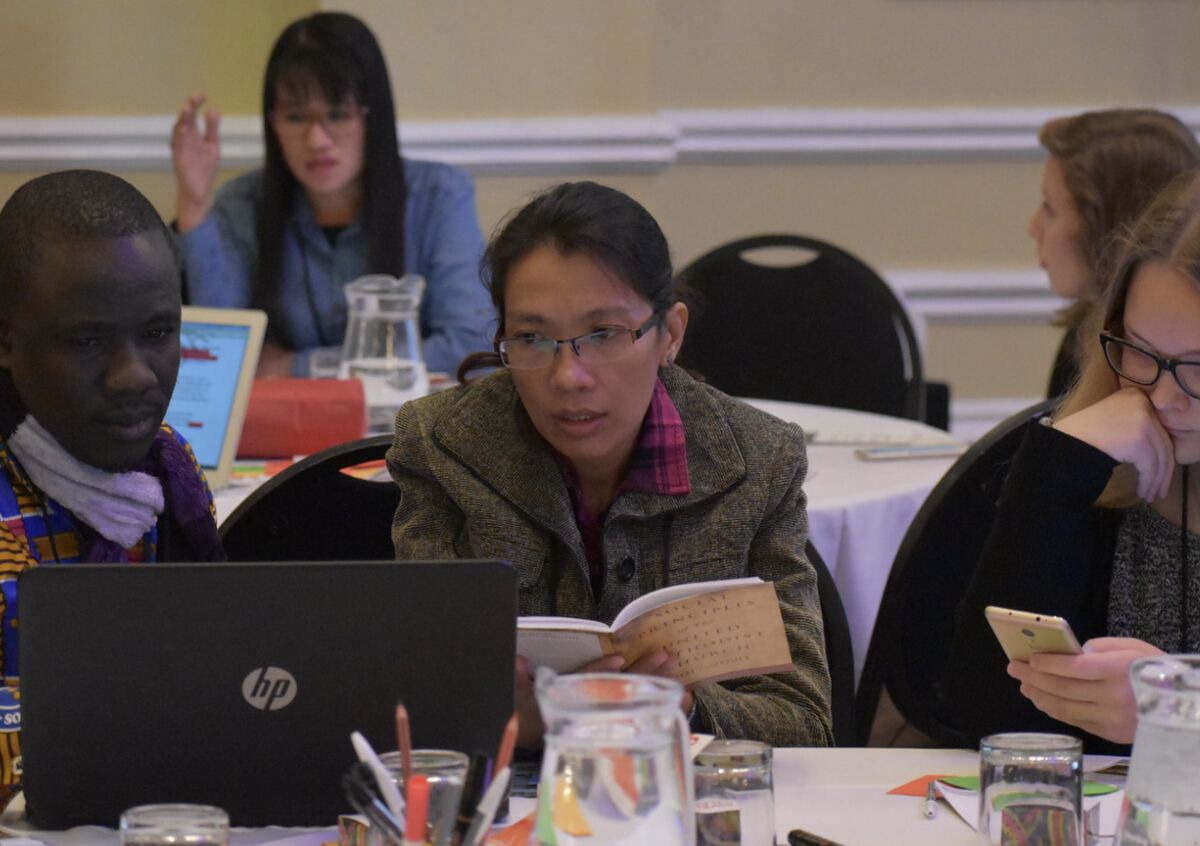ON THIS DAY - The Methodist Building Cafeteria To Integrate
On February 21, 1947, the process began to serve everyone at the Methodist Building Cafeteria on Capitol Hill no matter the color, race or creed.

Connecting African American History Month and a Methodist milestone for social justice

For a century, social witness and justice seeking has been the watchwords for the work of Church and Society on Capitol Hill.
Unfortunately, there have been times when we as an agency neglected and participated in acts of injustice and racism in our own house. For this, we repent and pray for forgiveness.
From the earliest days, The Methodist Building operated a cafeteria for people who were Church and Society employees, staffers on Capitol Hill. Senators, House Members, Methodist people from around the world, tourists and visitors.

This cafeteria was officially segregated until February 21, 1947 when the agency began the process of changing the cafeteria’s segregation policy, becoming the only integrated cafeteria on Capitol Hill in 1947.
As one might expect, the building cafeteria manager received numerous negative letters for the buildings’ integrated service policy. However, many messages like the letter here, welcomed and honored the new change, (letter from the files of the UMC General Commission of Archives and History).
In 1947, Bayard Rustin and civil rights leaders worked with Methodist agency to end The Methodist Building Cafeteria segregation

Bayard Rustin a civil rights activist (photo on left from Time Magazine article) and the great architect of the March on Washington, along with his colleagues were instrumental in desegregating the dining room in The Methodist Building. Throughout 1947, with Ruskin as its Chairperson, a committee of citizens made up of pastors and leaders from around the country worked tirelessly delivering proposals and organizing protests opposing segregation in D.C. coffee shops and cafeterias.
The Rev. James Cannon, Pastor of Asbury Methodist Church in D.C. was among the members of the citizen committee seeking an end to the practice of refusing service to black people in D.C. cafeterias. During a committee meeting held July 24, 1947 at Asbury Methodist Church, Rustin reported, “was the successful breaking down of the practice of not serving colored persons in The Methodist Building Cafeteria, 100 Maryland avenue NE.” as written in the Washington Evening Star, July 25, 1947.

Rustin’s legacy to end segregation also includes partnering with A. Philip Randolph in the early 1940’s to oppose racial discrimination in the military and defense employment. Rustin continued to organize the Freedom Rides, the work of the Southern Christian Leadership Conference (SCLC) and strengthen Dr. Martin Luther King’s voice as he worked to organize the 1963 March on Washington.


The United Methodist Building continues to be a faith-based, strategic space and vital gathering place for social witness and the pursuit of justice and peace.
United Methodist Building Anniversary Resources
To purchase the 2024 United Methodist Building historical book written by Dr. Jessica M. Smith, For Justice and Enduring Peace: One Hundred Years of Social Witness, visit Cokesbury Publishing.
To watch our video, “Celebrating 100 Years of Social Witness,” and for more information on the year of celebration, go to our 100th Anniversary webpage.